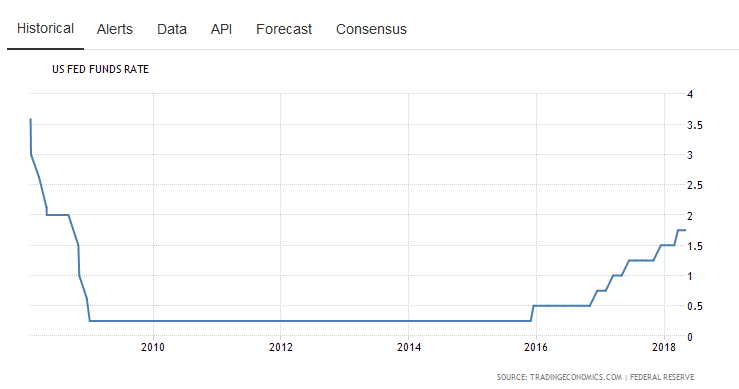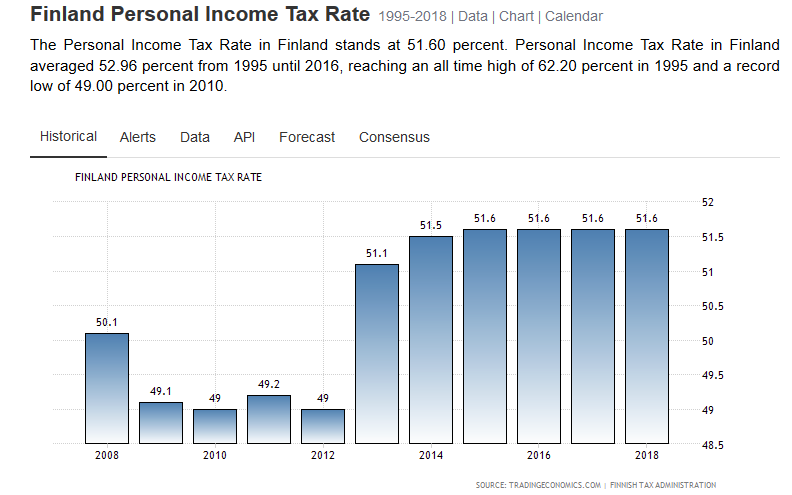Trading Economics reported the following:
The US trade deficit narrowed to $43.1 billion in November 2019 from a downwardly revised $46.9 billion gap in the previous month. It compares with market expectations of a $43.8 billion shortfall. The trade gap shrank for the third straight month to the lowest since October 2016. Imports slumped 1% to the lowest value in 2 years due to falling purchases of aircraft, computers and cell phones. Exports increased 0.7% to $209 billion, boosted by sales of drilling and oilfield equipment, jewellery, autos, diamonds and aircraft engines. The goods trade deficit with China narrowed 15.7% to $26.4 billion, with imports dropping 9.2% and exports jumping 13.7%. Year-to-date, the total deficit decreased $3.9 billion. The trade war with China seems to be the main cause behind the lowest trade gap. Although a lower trade deficit is likely to impact positively on GDP growth, concerns remain over the impact of falling imports in consumer spending, the largest component of GDP. Balance of Trade in the United States averaged -15090.59 USD Million from 1950 until 2019, reaching an all time high of 1946 USD Million in June of 1975 and a record low of -67823 USD Million in August of 2006.
This is the result of the tariffs and trade negotiations of President Trump.


